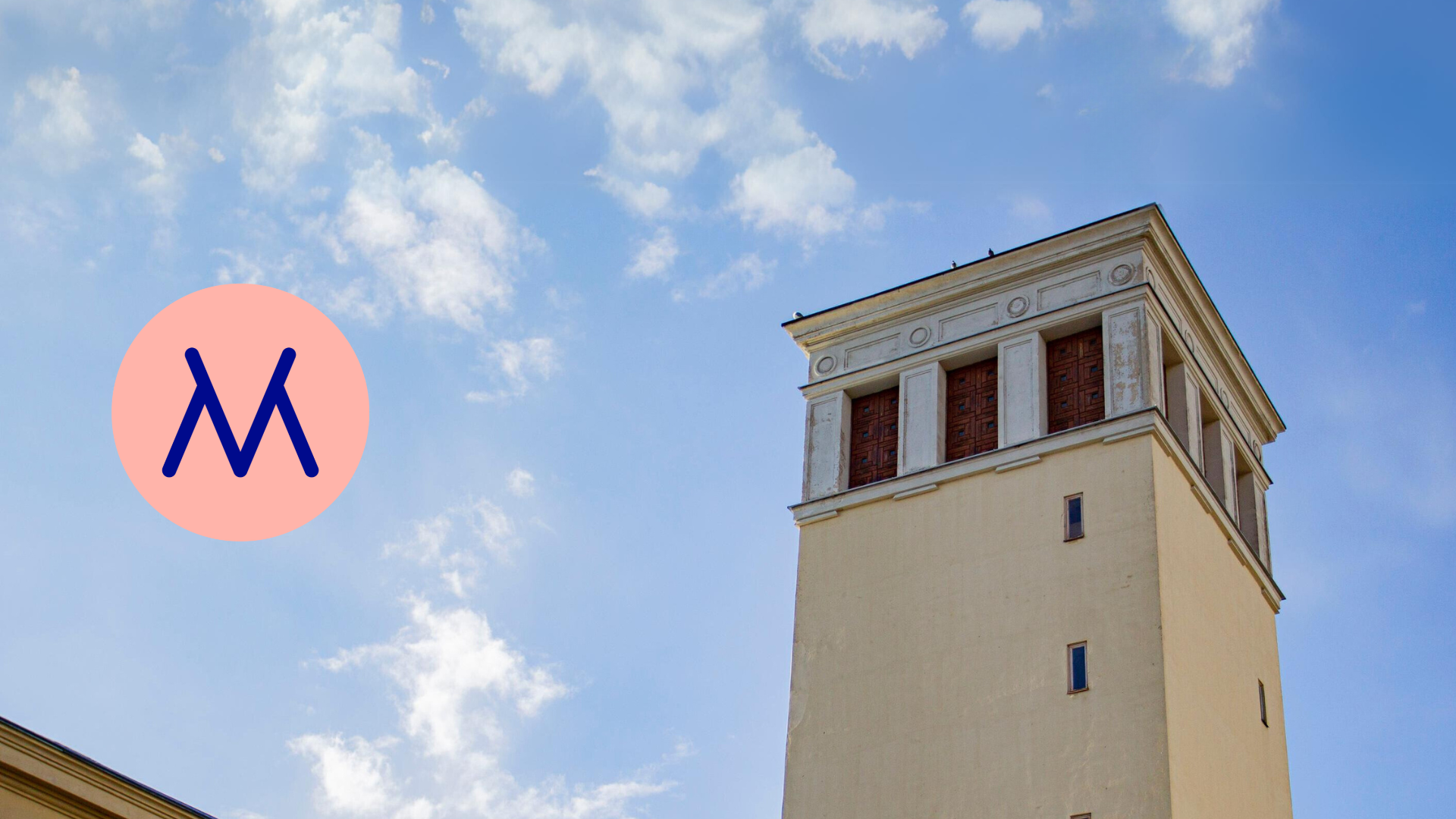
Explore the history of the Vaasa region as well as the nature and world heritage of the Kvarken Archipelago in our permanent exhibitions.
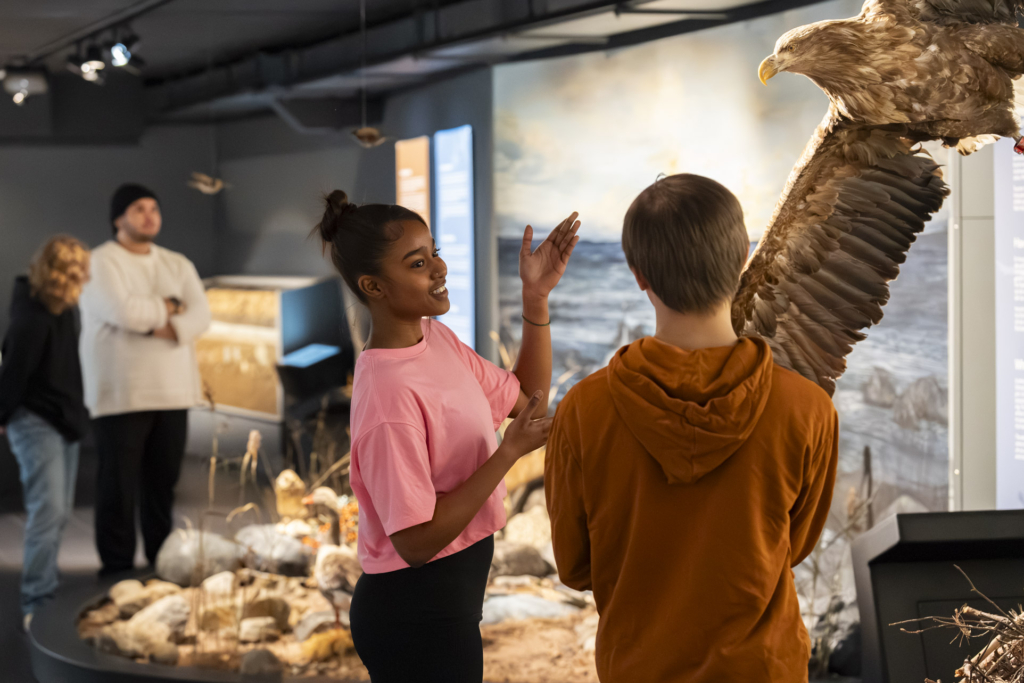
Open Wednesday–Sunday 10–17. Closed on Mondays and Tuesdays.
Exceptional opening hours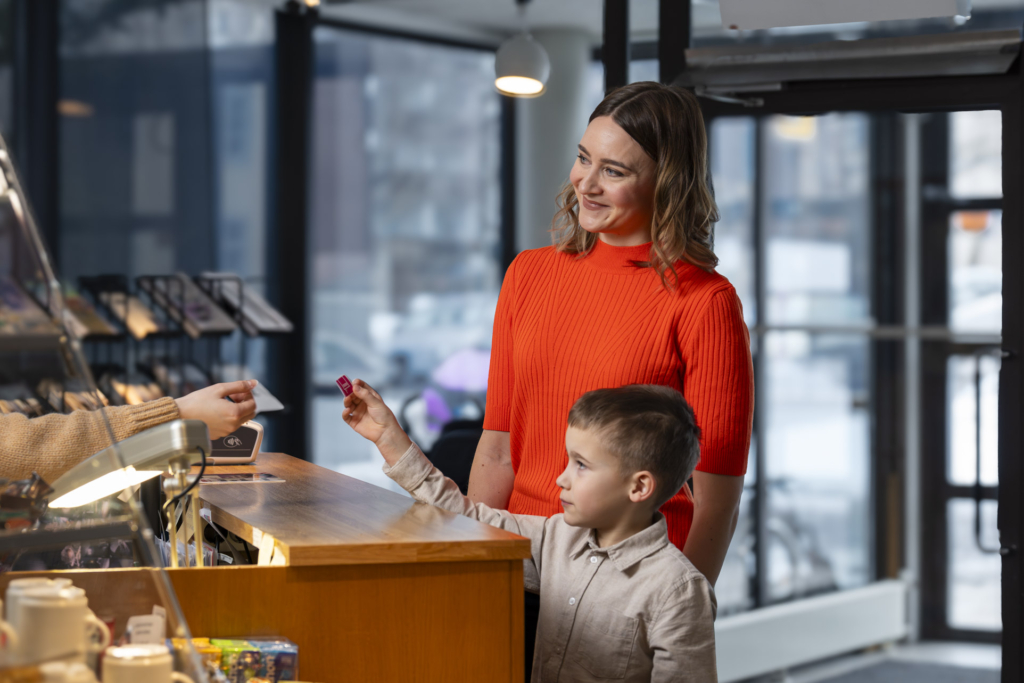
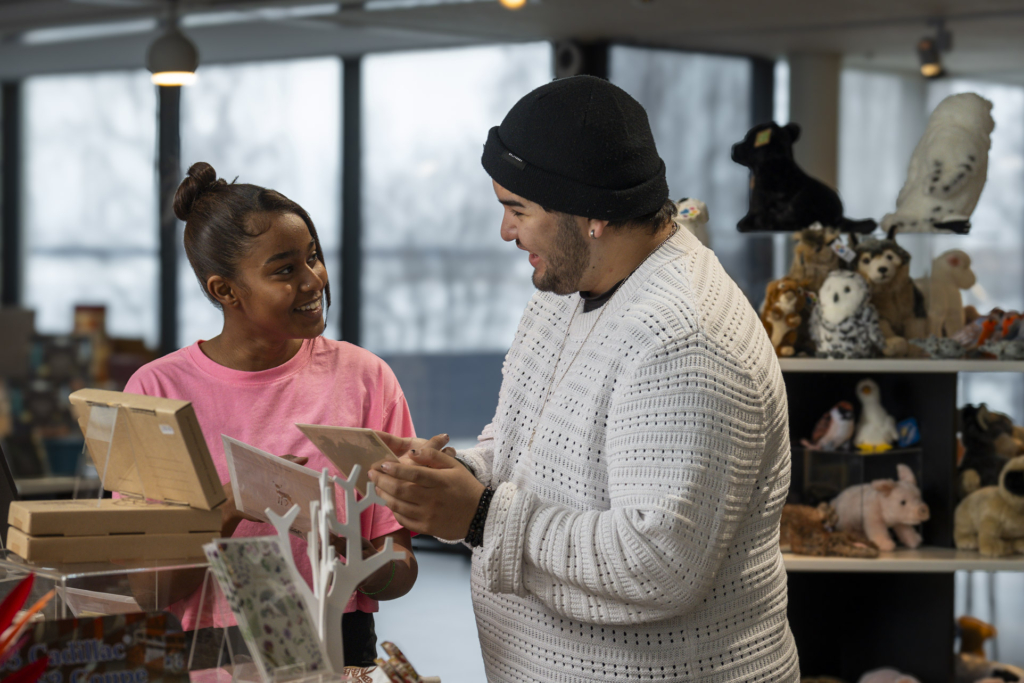
At the Ostrobothnian Museum, there is a small shop called Nova Shop where you can buy books, postcards, and other items. They sell exhibition catalogues and other publications produced by the museum. The museum shop also offers crafts from Ostrobothnia and Finnish design products.
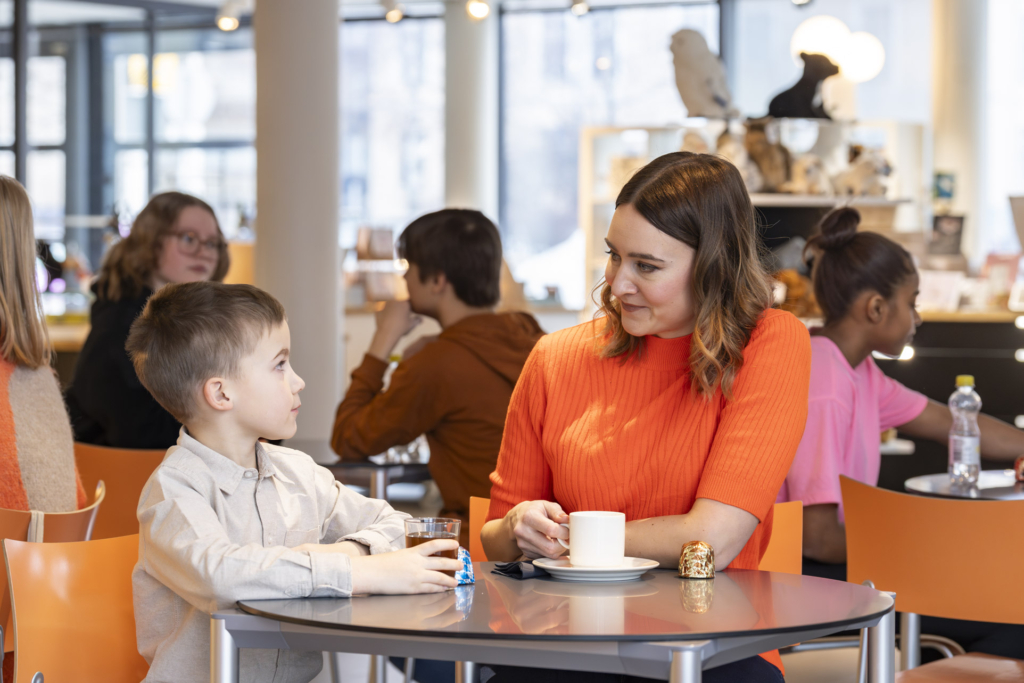
At the museum's café Nova, you can enjoy coffee, tea, refreshments, and small sweets. The café is open during the museum's opening hours. It's also possible to organise events at the café with separately arranged catering.
Explore the museums' exhibition and event calendar.
Discover our guided tour options.
Read detailed information regarding arrival and accessibility.
The Ostrobothnian Museum is located in Marianpuisto, approximately a 15-minute walk from Vaasa Market Square. The museum was established in 1895. It offers experiences, information, and stimuli from the fields of cultural history, local history, natural sciences, and art.
There are three long-term exhibitions based on collections. The Terranova exhibition showcases the nature and world heritage of the Kvarken Archipelago. Vaasa 400 narrates the history of the city of Vaasa, from its foundation to the 1920s, including the rich folk art and archipelago culture of the Ostrobothnia region. The Hedman Floor exhibits Finnish and foreign silverware, ceramics, antique objects, and fine art. Additionally, the museum hosts 3-5 temporary exhibitions annually.
Key collaborators of the Ostrobothnian Museum include the Ostrobothnian Historical Museum Association (Pohjanmaan historiallisen museon yhdistys ry), Hedman Foundation (Hedmanin säätiö), Vaasa Art Association (Vaasan Taideyhdistys), Ostrobothnia Australis rf and the Gröndahl Brothers Foundation (Veljekset Gröndahlin säätiö).
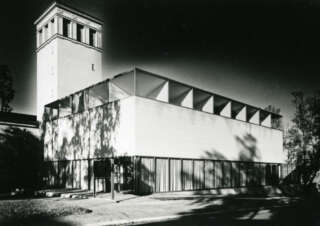
The first museums in Finland were established at the end of the 19th century, inspired by the national awakening. In Vaasa, the initiative was taken by the Ostrobothnian Historical Museum Association (Pohjanmaan historiallisen museon yhdistys ry) in 1895.
The association aimed to collect objects and written material from Ostrobothnia that would benefit scientific research and enable the opening of a permanent museum exhibition. The association collected archaeological finds, church artifacts, books, writings, coins, medals, costumes, furniture, household items, and war-related artifacts. The first temporary museum exhibition was opened in 1896.
The Ostrobothnian Museum had temporary exhibition spaces in various parts of the city before the new museum was completed in Marianpuisto. The museum building, designed by architect Eino Forsman was inaugurated in June 1930.
Professor Karl Hedman (1864–1931) is closely associated with museum activities in Vaasa. Hedman was an enthusiastic collector of art and antiques. He shaped the guidelines for the Ostrobothnia Museum’s operations until the 1930s. Karl and Elin Hedman were provided with the top floor of the house as their home and a place for their own collection from the Ostrobothnia Museum. On this floor, Karl Hedman also had his doctor’s office for a short time. This floor is called the Hedman Floor and still displays the collection gathered by Hedman.
After Karl Hedman’s death, the museum was led by his wife Elin Hedman, and after her, Arne Appelgren, who joined the museum’s activities in the 1930s. In 1969, a new exhibition wing was completed, designed by architect Erik Kråström. The museum was named a provincial museum in 1981 and a regional art museum in 1983. Today, the Ostrobothnia Museum operates as a regional responsibility museum.
The museum association managed museum operations until 1990, when the City of Vaasa took over responsibility for the museum’s collections, operations, and staff.

Karl Gustaf Wilhelm Hedman (1864–1931) was a doctor and a collector of art and antiques, born in Vaasa. Hedman studied history and medicine at the Imperial Alexander University in Helsinki. He graduated as a doctor in 1895 and then returned to his hometown. Karl Hedman married Elin née Hasselblatt (1877–1943) in 1897. Hedman participated in numerous positions of trust and served actively as the chairman of the Ostrobothnian Historical Museum Association (Pohjanmaan historiallisen museon yhdistys ry). He was a member of various organizations including the Finnish Art Society (Suomen taideyhdistys), Svenska litteratursällskapet, the Finnish Antiquarian Society (Suomen Muinaismuistoyhdistys), the Vaasa Art Association (Vaasan taideyhdistys), the Genealogical Society (Genealogiska samfundet), and the Swedish-Ostrobothnian Society (Svensk-österbottniska samfundet).
Hedman began collecting antiques in 1892. He acquired art while traveling in the province and abroad, but perhaps the most significant interaction for the collection was with the Helsinki-based art dealer Gösta Stenman.
Karl and Elin Hedman donated their antique and art collections to the foundation they established, the Hedman Foundation, in 1931. The collections of the Hedman Foundation were donated to the City of Vaasa in 1997.
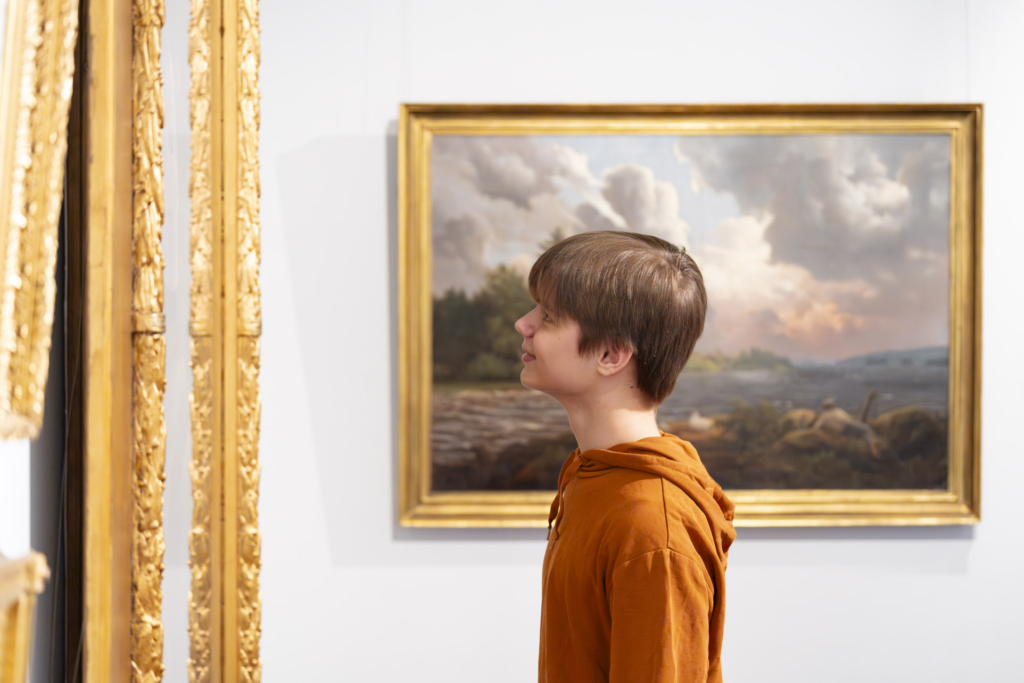
The collections of the Ostrobothnian Museum include cultural and historical artefacts, photographs, archival material, works of art, and natural history specimens.
Collections
The public spaces of the Ostrobothnian Museum can also be rented for private events. The available rental spaces include the Terranova auditorium and the museum café. Catering and other special arrangements can be agreed upon separately on a case-by-case basis.
Available venuesInformation desk and museum shop: +358 6 325 3800
You can find all the contact information for Vaasa museums here.